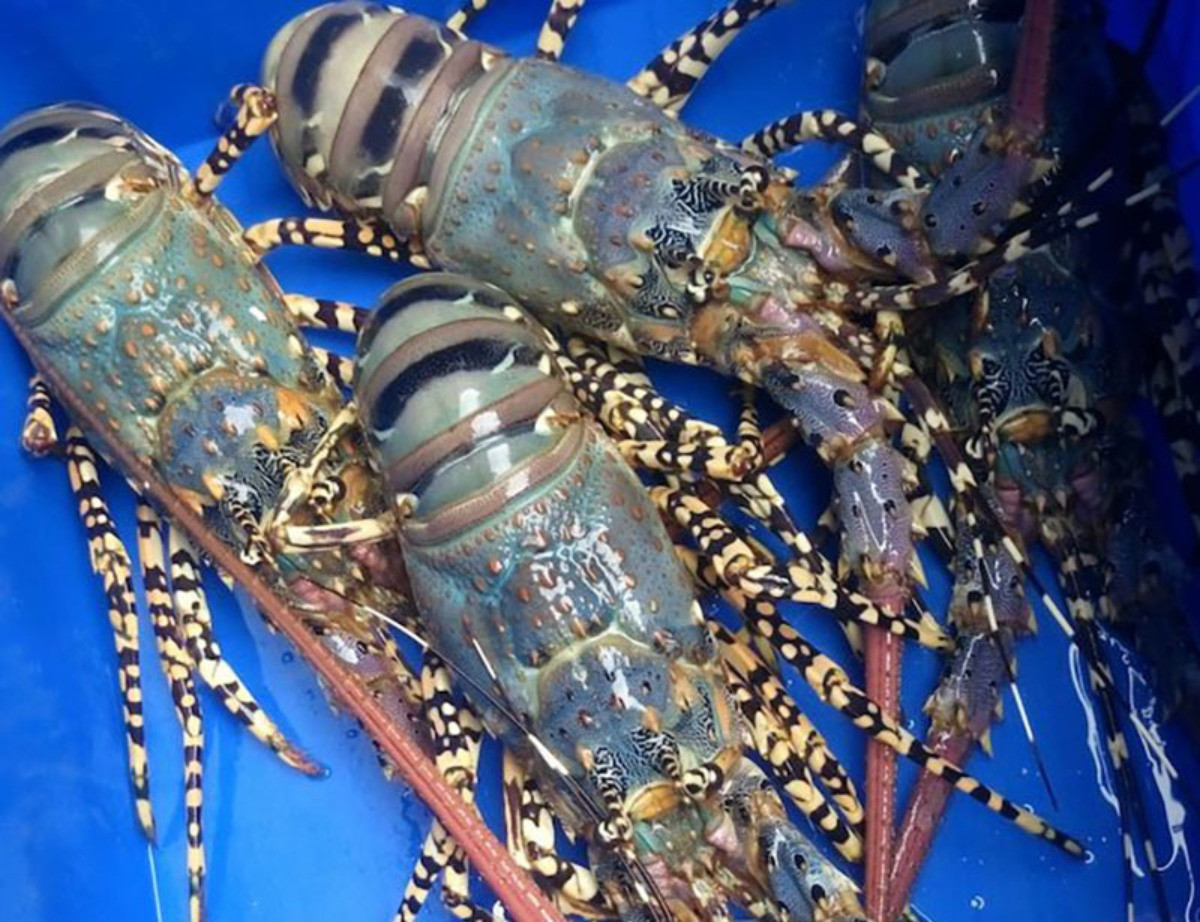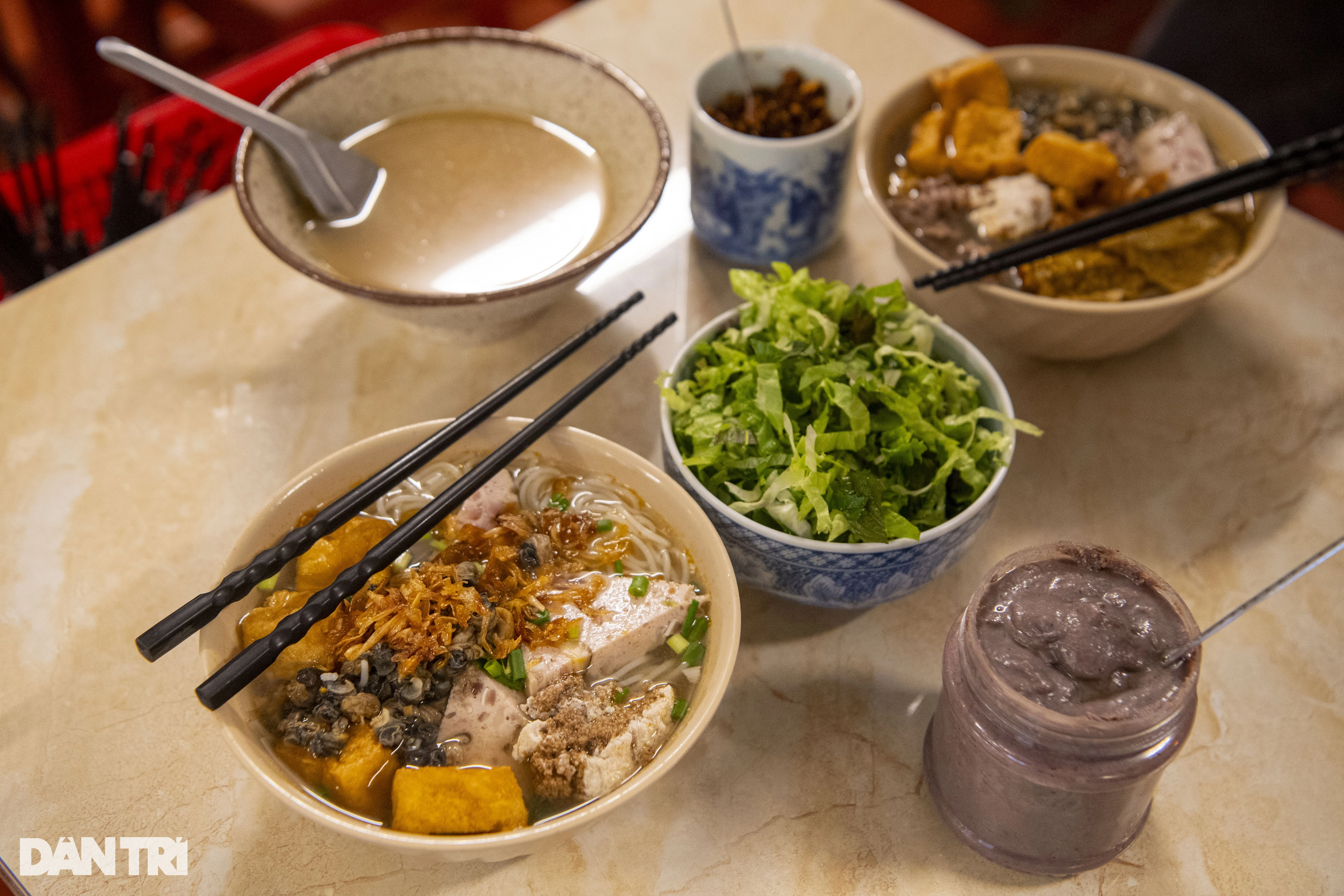According to the Vietnam Association of Seafood Exporters and Producers (VASEP), China has surpassed the US to become Vietnam’s largest shrimp export market. In particular, lobster exports to China have increased sharply again.
According to information from the Vietnam Association of Seafood Exporters and Producers (VASEP), in the first half of January 2025, Vietnam's shrimp exports to China & Hong Kong increased sharply by 191% compared to the same period in 2024, reaching more than 51 million USD. This growth has been maintained continuously since the third quarter of 2024.
Specifically, after decreasing in the second quarter of 2024, Vietnam's shrimp exports to China & Hong Kong increased sharply again in the third and fourth quarters. In the fourth quarter of 2024, shrimp exports to this market increased by 69% to 258 million USD. In 2024, shrimp exports to this market reached 843 million USD, an increase of 39% compared to 2023. Thanks to strong growth, China & Hong Kong surpassed the US to become Vietnam's largest shrimp export market.
According to VASEP's shrimp market expert, China's domestic shrimp supply has decreased due to adverse weather conditions. Ecuador has also reduced exports to China in 2024. China has also introduced many solutions to increase consumer spending among its people, which supports Vietnam's shrimp exports to this market.

China has surpassed the US to become Vietnam's largest shrimp import market. In particular, lobster exports to China have increased sharply again. Photo: NNVN.
Notably, in 2024, in the structure of Vietnamese shrimp products exported to China & Hong Kong, other types of shrimp account for the highest proportion of 51.7% due to China's sharp increase in lobster imports from Vietnam in 2024. Next, white-leg shrimp accounts for 36.1% and black tiger shrimp accounts for 12.2% of the proportion.
In 2024, black tiger shrimp exports to China will decrease more sharply than whiteleg shrimp. Processed black tiger shrimp and whiteleg shrimp products will decrease more sharply than fresh/live/frozen products. Processed black tiger shrimp will decrease the most, by 44%.
Meanwhile, other shrimp exports recorded a sharp increase of 174%. Other processed shrimp increased by 199%, other live/fresh/frozen shrimp increased by 185%. In this group of other shrimp products, mainly lobster products such as live rock lobster. Vietnam's lobster exports to China increased sharply in 2024. Currently, China is the largest import market for Vietnamese lobster, accounting for 98 - 99%.
Statistics show that China's shrimp imports in 2024 reached 6.8 billion USD, down 10% compared to the same period last year. While China increased shrimp imports from Vietnam, it decreased imports from other sources.
In terms of imported products, in 2024, rock lobster and other marine shrimp were the second most imported products into China, recording an increase of 39% compared to 2023. Warm water shrimp products, including frozen whiteleg shrimp, imported into China recorded a decrease.
According to VASEP, the whiteleg shrimp market in China, even as the Lunar New Year approaches, shows no signs of warming up and prices are falling. The reason for this situation is not due to oversupply but due to a significant decline in the consumption capacity of the middle class.
Whiteleg shrimp used to be a regular item on the tables of the middle class, favored for its affordable price and rich nutrition. However, as economic growth slows and income growth declines, the cost of living increases, consumers pay more attention to cost efficiency, and aquatic proteins are gradually shifting from "preferred" to "optional". In this context, whiteleg shrimp is a price-sensitive product, affected by the decline in demand.
The trend of decreasing consumption is especially evident in large cities. Food consumption gradually returns to a reasonable level, affordable and easy-to-preserve meat becomes the first choice of most families. Especially in the mid-range and low-end markets, the situation of white-leg shrimp is in stark contrast to high-end seafood products such as (lobster, salmon, king crab...) in the high-end market. Consumption levels of the rich are relatively stable.
The decline in the whiteleg shrimp market is not an isolated phenomenon but a reflection of the vulnerability of the mass consumer goods market to economic pressure in China.
VASEP experts recommend that shrimp exporting enterprises should continue to strengthen their lobster export strengths and step up promotion and marketing, find attractive solutions and stimulate demand for traditional products such as whiteleg shrimp and black tiger shrimp in the Chinese market.
Source: https://danviet.vn/trung-quoc-vuot-my-tro-thanh-thi-truong-xuat-khau-tom-lon-nhat-cua-viet-nam-loai-tom-nao-mua-nhieu-nhat-20250216123302042.htm
































Comment (0)